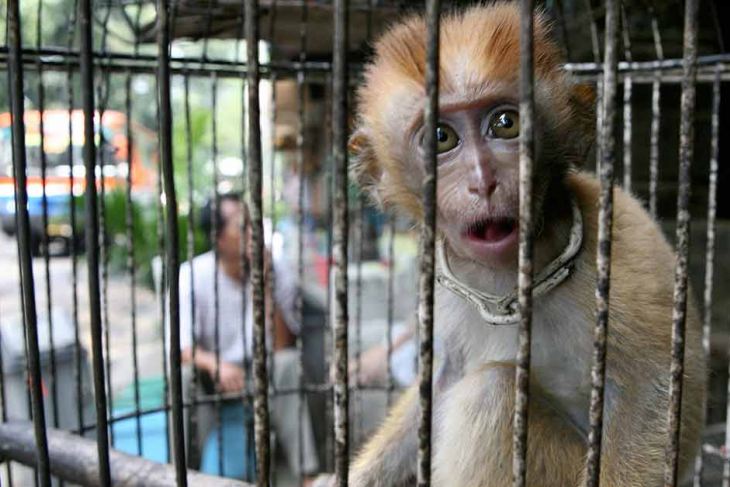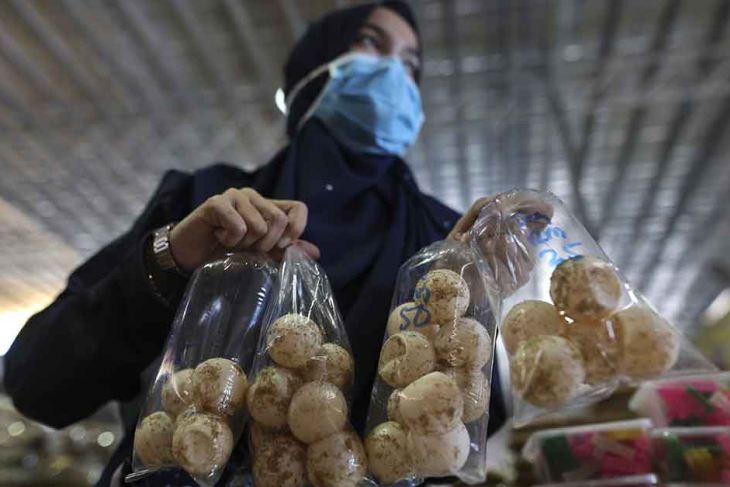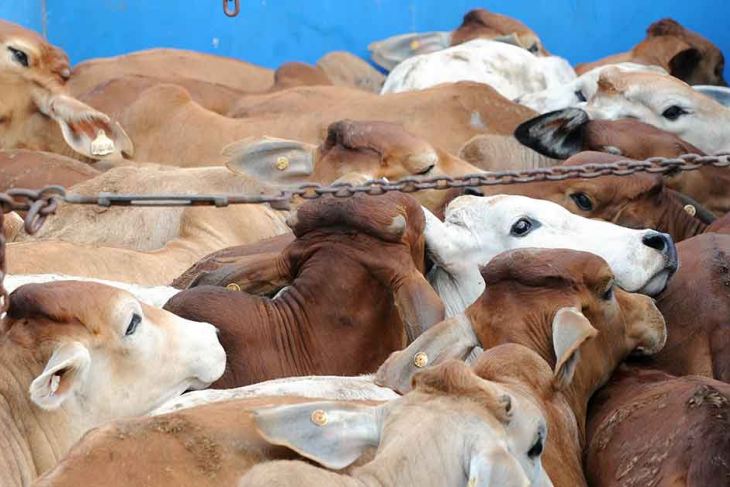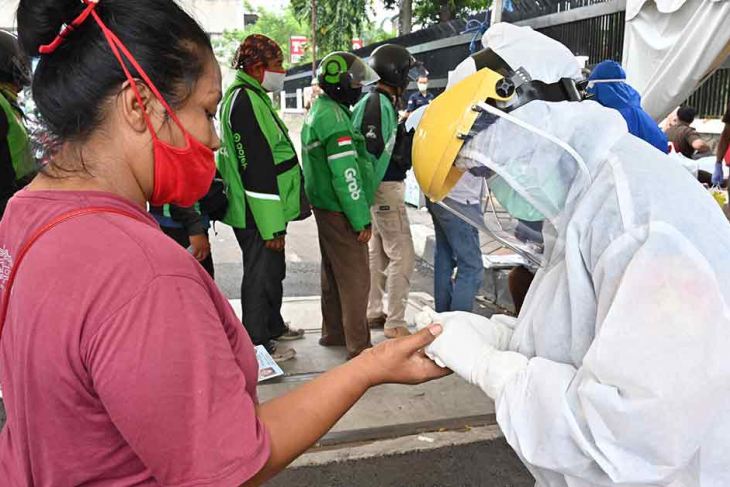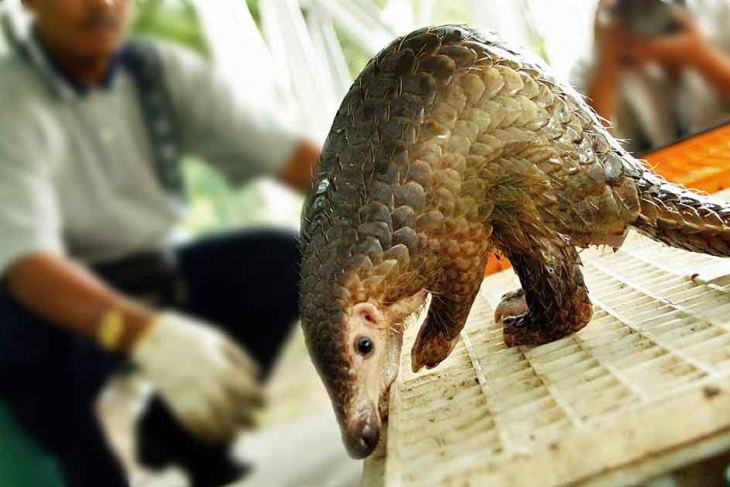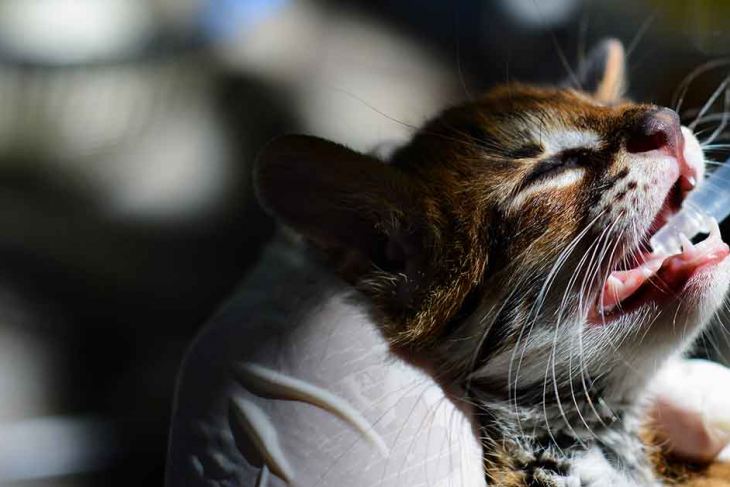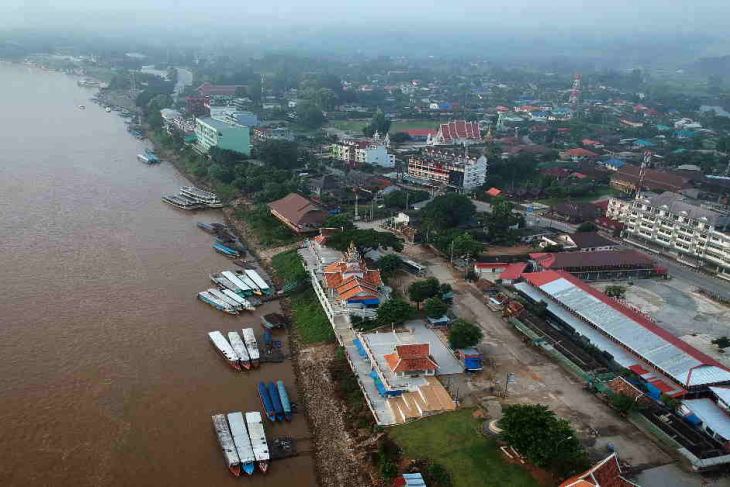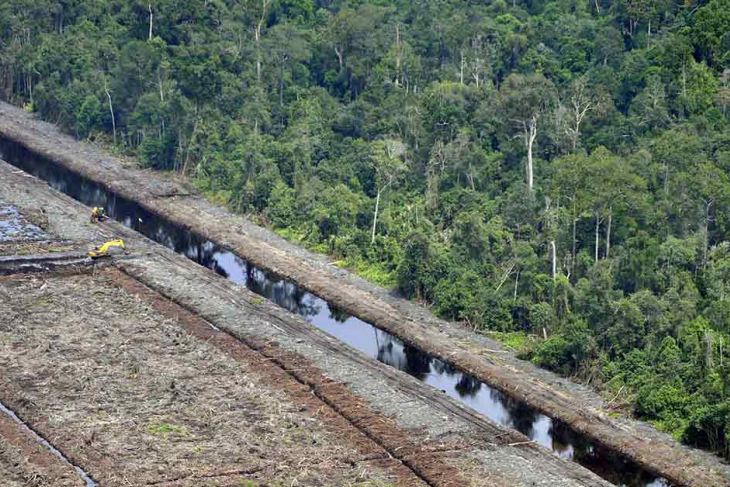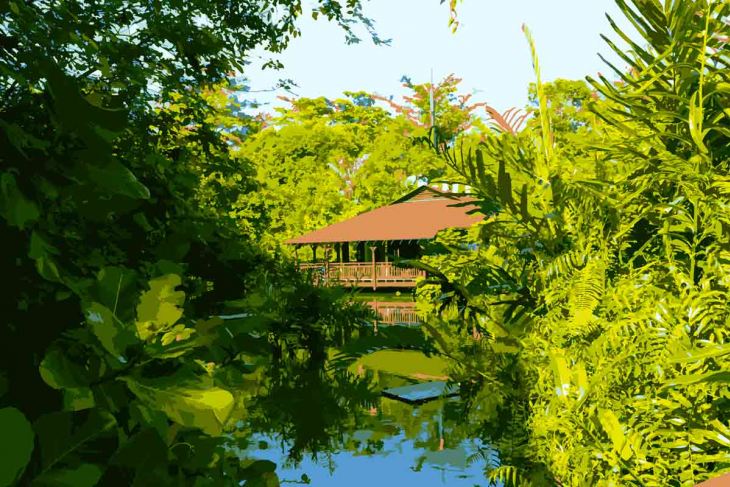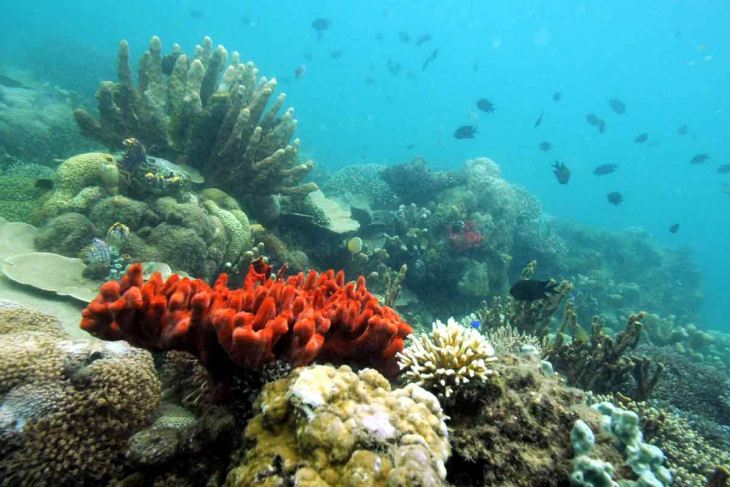Southeast Asia’s Vanishing Species
Last year, the world witnessed a number of animals that went near or completely extinct. This includes the Chinese paddlefish, the Sumatran rhino and the Indochinese tiger – which is extinct in the wild but a rare few are still living in captivity. Malaysia’s last Sumatran rhino named Iman died in November 2019, making the extremely endangered species locally extinct.
